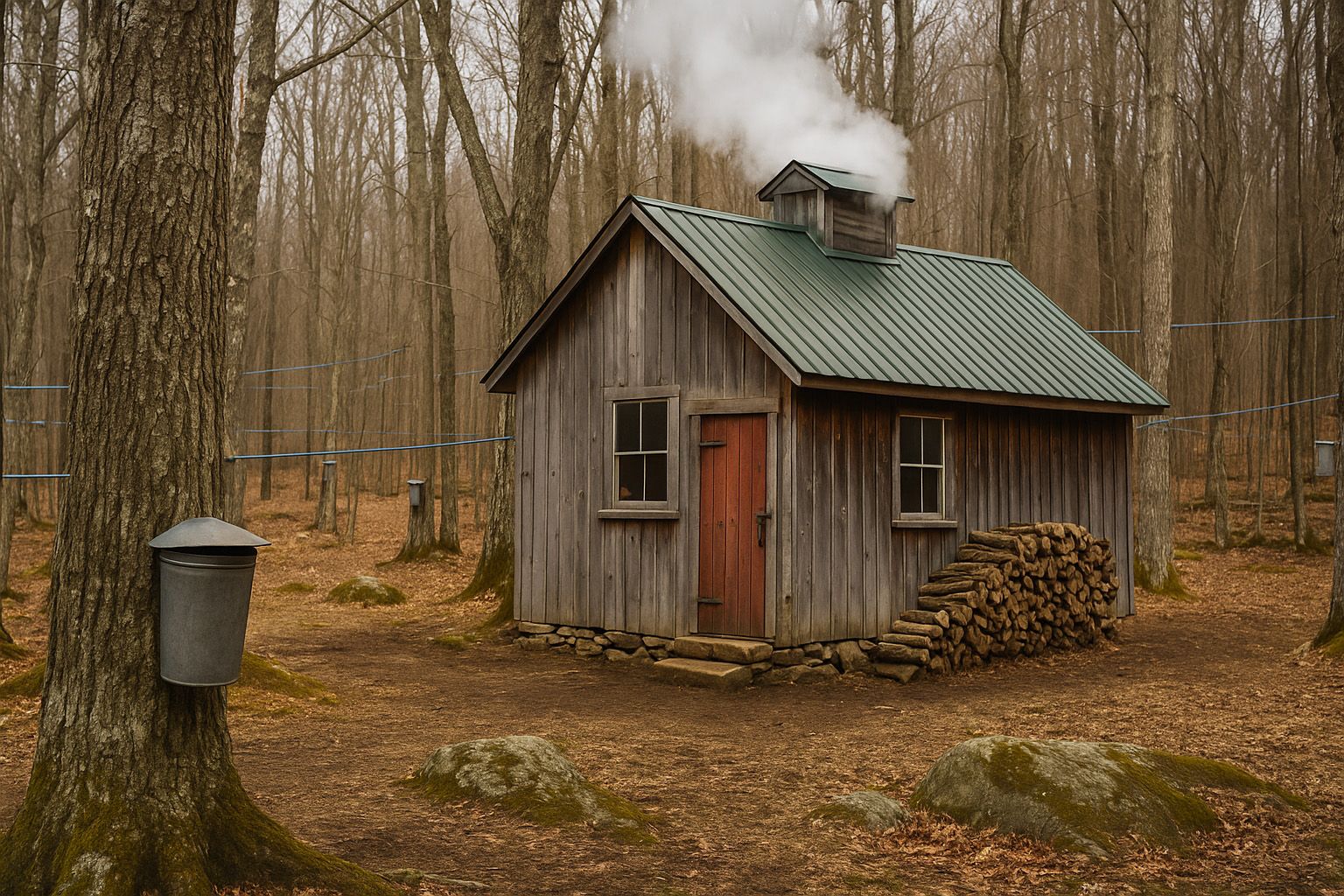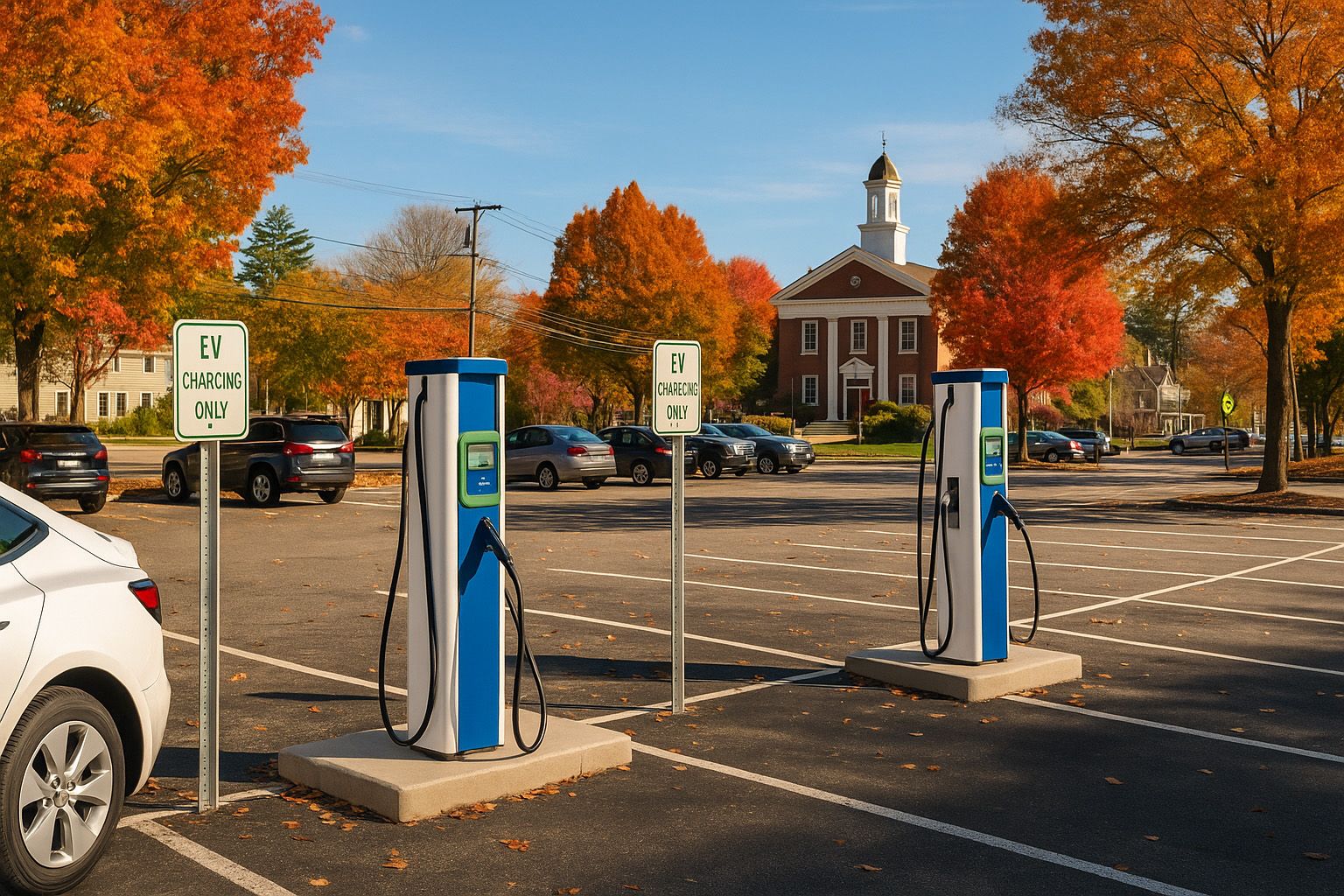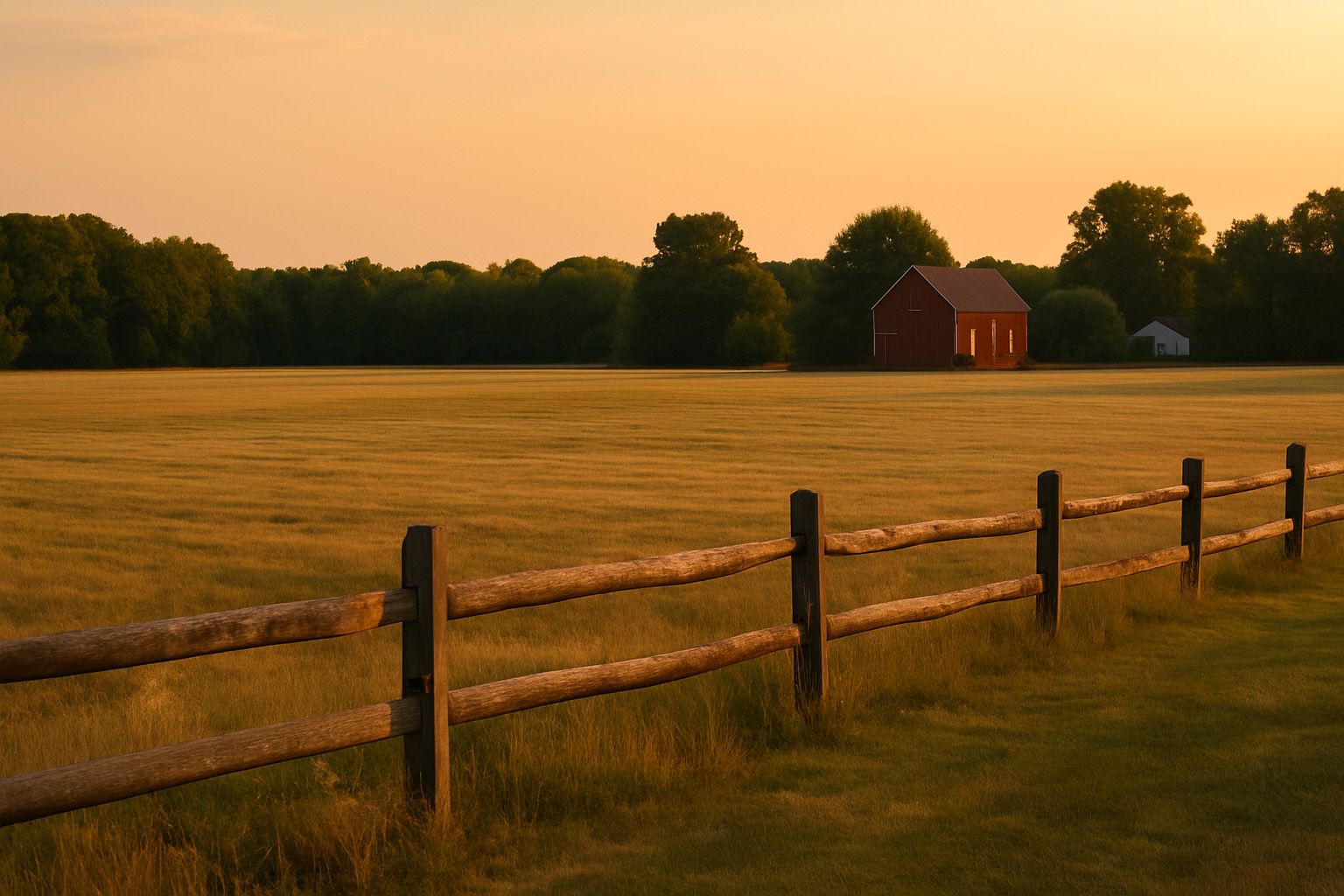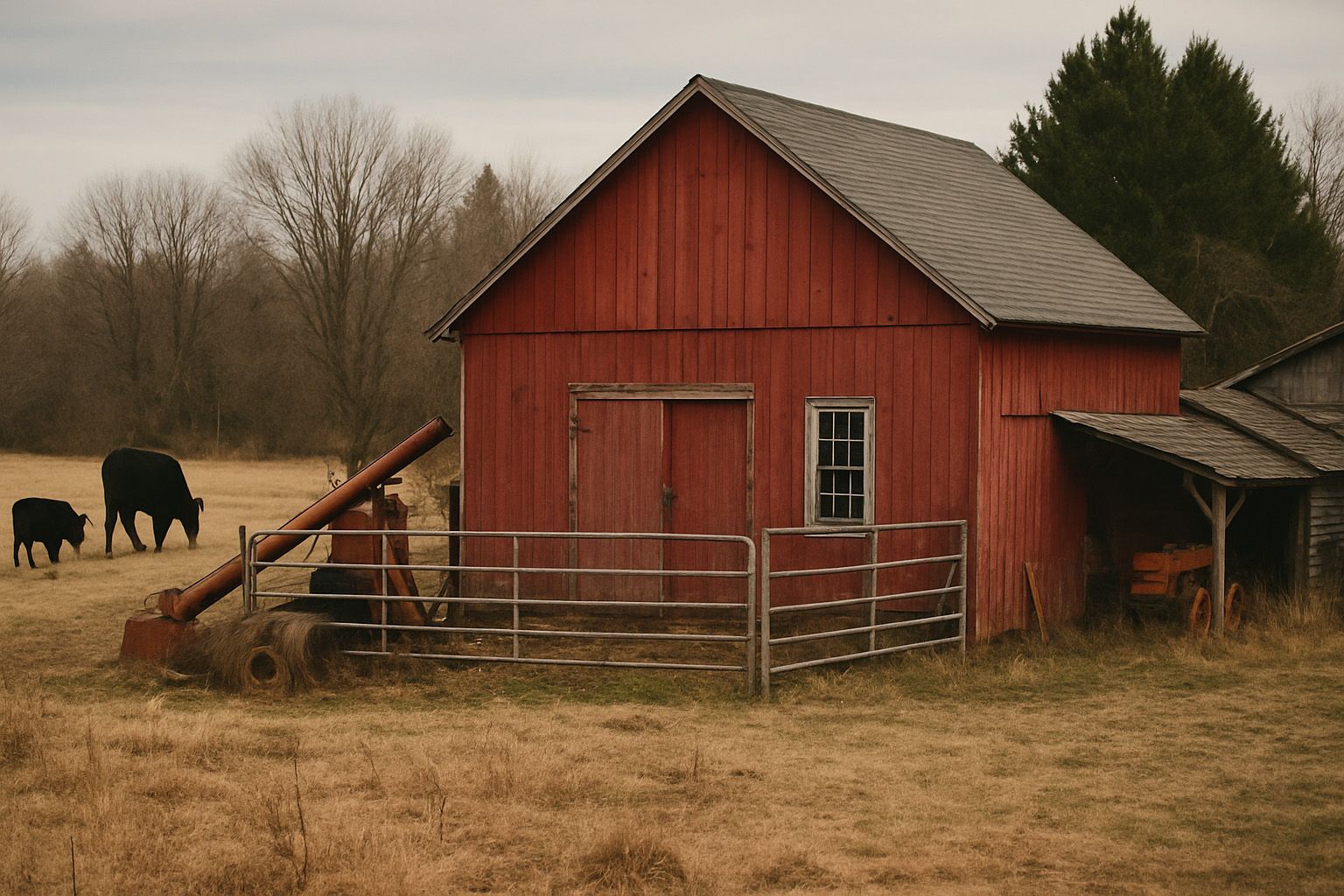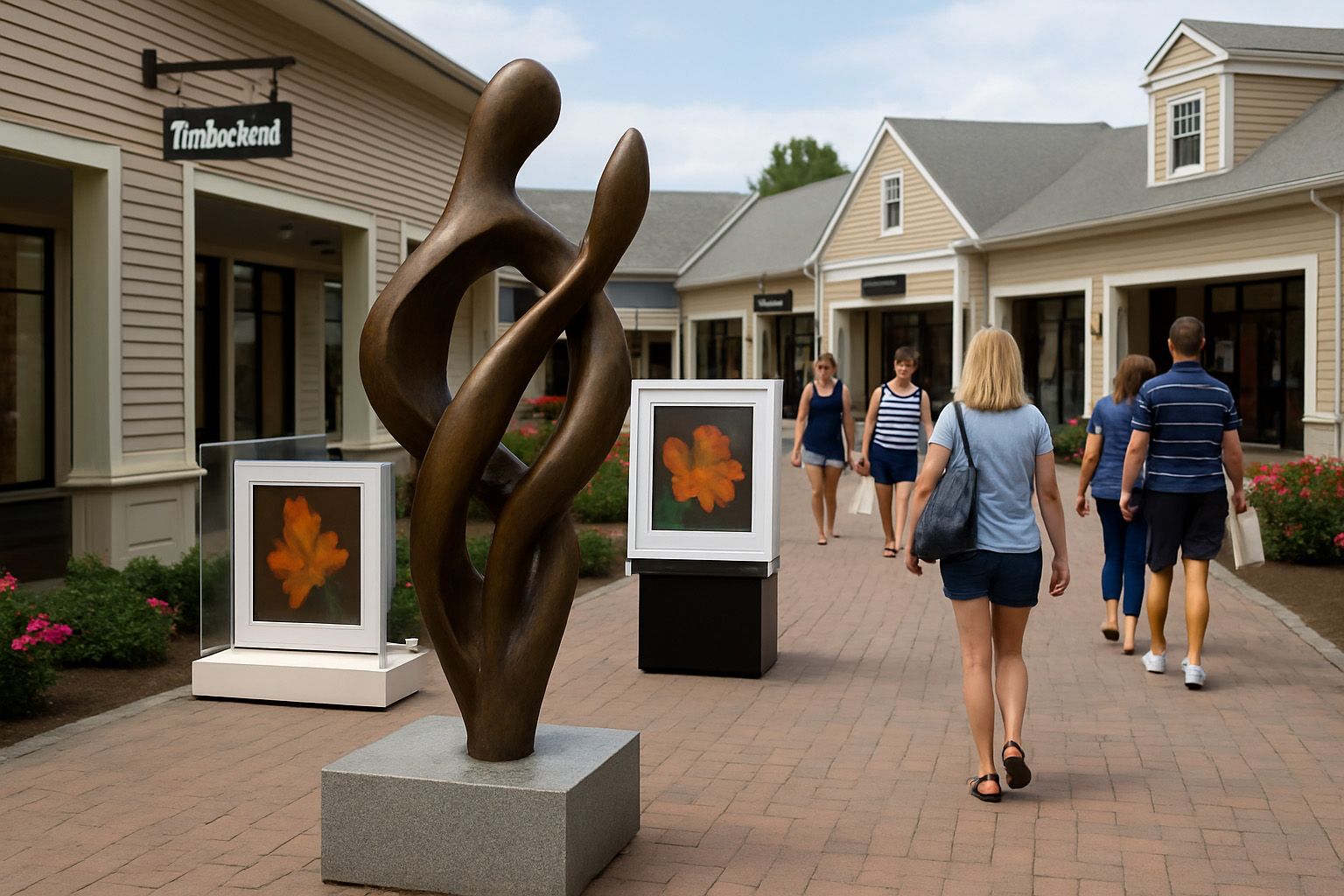From Farm to Distillery: Wrentham’s Creative Land Use

From Dairy Farm to Distillery: New Life for Historic Properties in Wrentham
In the rolling backroads of Wrentham, some of the town’s oldest properties are quietly undergoing a transformation. What were once dairy barns, hay fields, and centuries-old homesteads are now housing a new wave of local enterprise—distilleries, event spaces, artist studios, and small-scale farms with a modern twist.
One standout example is a historic dairy farm that’s been reimagined as a craft distillery, attracting attention not just for its smooth bourbon and botanical gins, but for how it honors the past while embracing the present. Inside the original post-and-beam barn, copper stills now sit where hay wagons once rolled. The surrounding fields, still farmed today, grow some of the ingredients that go directly into the bottle.
These kinds of adaptive reuse projects are growing in popularity in Wrentham, as families look for creative ways to preserve their land and heritage while keeping the property sustainable. Rather than selling off large parcels to developers, more owners are finding community-driven solutions that benefit the town and draw in visitors.
It’s not just about alcohol production. Some of these properties now host weekend farmers markets, seasonal events, or farm-to-table dinners. Local musicians perform in open barns under string lights. Neighbors gather for cider tastings in restored carriage houses. Every new use adds layers to the stories these spaces already hold.
The town of Wrentham has supported many of these efforts through zoning flexibility and historical commission guidance, helping ensure renovations are respectful of the original architecture. In some cases, state tax incentives for agricultural preservation or historical restoration have helped families take the leap.
Residents say it’s not just about nostalgia—it’s about purpose. These projects keep open space intact, invite the public to connect with local history, and give the town a unique identity in a region where suburban sprawl often replaces character.
As Wrentham continues to grow, its quiet embrace of creative preservation may serve as a model for how rural towns can protect their past while building for the future.



